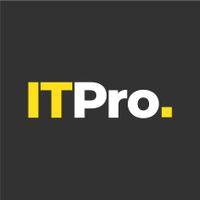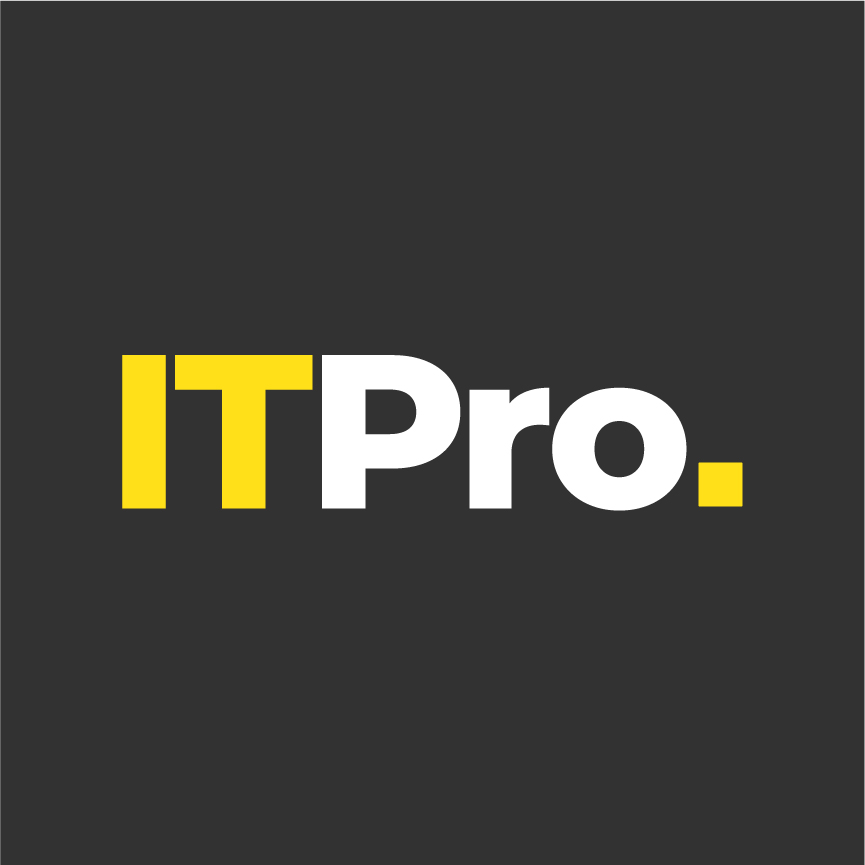ITPro Decides: The best and worst aspects of work devices
Portability and battery life are vital for some roles – and does AI have a valid role to play in new hardware?
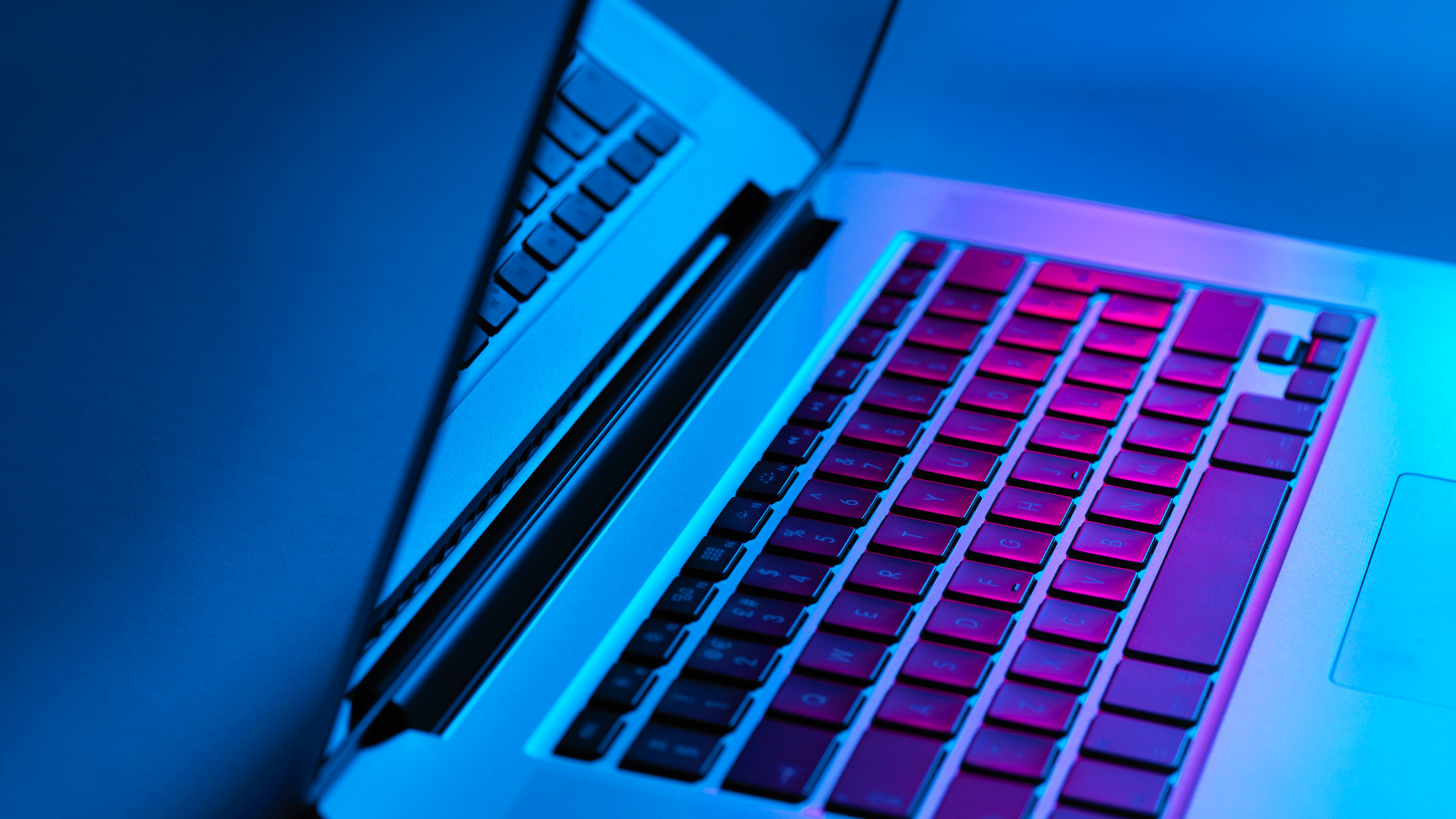
Work devices have come a long way over the past 15 years. Whereas workers used to rely solely on desktop PCs within their office, meaning work could only be done on the premises, improvements in laptop performance and the increase in remote work driven by the pandemic have made laptops the defining device for the working professional.
In this new era, there are many considerations that go into defining a 'good work device' – across performance, build, and battery life to name a few. To get insight into the most important qualities in a work device, we asked the ITPro editorial team to weigh in on what matters most for them when it comes to work devices.
Battery life
In a world increasingly dominated by remote work, battery life may seem like a strange priority. A good chunk of the workforce ping-pongs between home and their company office, with their laptop plugged into its charger for much of the working day.
But a remote and flexible workforce is by its nature more mobile. Without a defined place of work, many employees can harness the benefits of working on the go or even becoming digital nomads – provided their devices can keep up with their needs.
The ITPro team is a good model for mobile workforces, as members of the team often travel on the go including at annual tech events. Several members of the team listed battery life as one of the most important aspects of a work device.
"While I may head out with a 100% charged device – be that a phone or a laptop – there's no guarantee when I will next find a working power socket, I have to be able to trust that my devices will last for hours without needing to plug them in," says Jane McCallion, managing editor at ITPro.
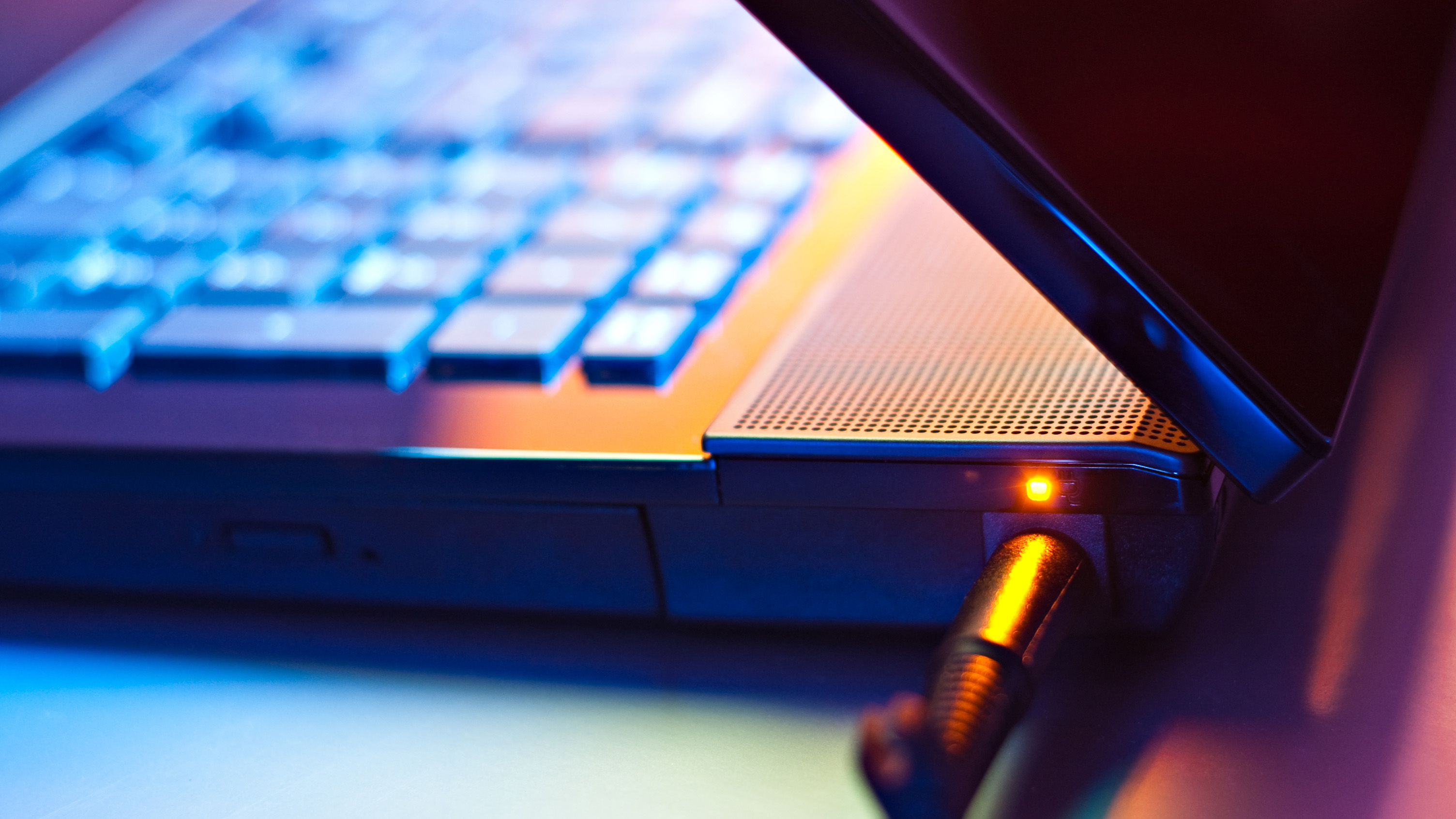
Solomon Klappholz, staff writer at ITPro, adds that laptops with poor battery life can make an already demanding working day that much more difficult, noting that it's an all-important factor when providing live coverage from annual conferences.
Sign up today and you will receive a free copy of our Future Focus 2025 report - the leading guidance on AI, cybersecurity and other IT challenges as per 700+ senior executives
"This can be quite a stressful endeavor and our schedules are often incredibly hectic with little downtime in which you can recharge, both mentally and physically," he says.
"So one thing I immediately look for in any work device is whether I'll be able to get through a full day of fairly intense work without having to take multiple breaks to go get some juice. I want to know that my phone or laptop will be able to keep up with me when I'm moving between sessions and that I'm not going to have to go tethered to a power outlet in the corner of an exhibition center trying to upload an article."
Portability and build quality
Of course, good battery life can only be measured if workers are able to easily bring their devices with them in the first place. For this, laptops need to be built with portability in mind, which most of the team outlines as another priority for work devices.
McCallion praises her current MacBook Air, noting it's far easier to carry than laptops she's had to use in the past.
"For the majority of my professional life and much of the time I was a student, I've depended on a laptop, and having lugged a first-generation MacBook around in a backpack day in, day out I am painfully aware (literally) of the damage it can do to your body," McCallion says.
Ross Kelly, news & analysis editor at ITPro, and Rory Bathgate, features & multimedia editor at ITPro, are both steadfast in their demands for light laptops.
"I've had experience carrying around a clunky, heavy device while traveling and it just adds that extra bit of weight to your overall baggage," says Kelly, while Bathgate points to the Apple Silicon MacBook Airs, as well as Lenovo's Thinkpad range, as standout devices that strike a good balance between performance and portability.
Of course, the weight of a laptop is greatly affected by what its chassis is made of, such as the aluminum used for MacBooks or the plastic seen in lines such as the ThinkBooks. While plastic may walk away the winner in this head-to-head, it's also important to consider how this changes the durability of a work device.
"Work devices get put through the proverbial wringer due to the sheer amount of time you spend with them and as a result, shabby build quality is a total no-go," says Klappholz.
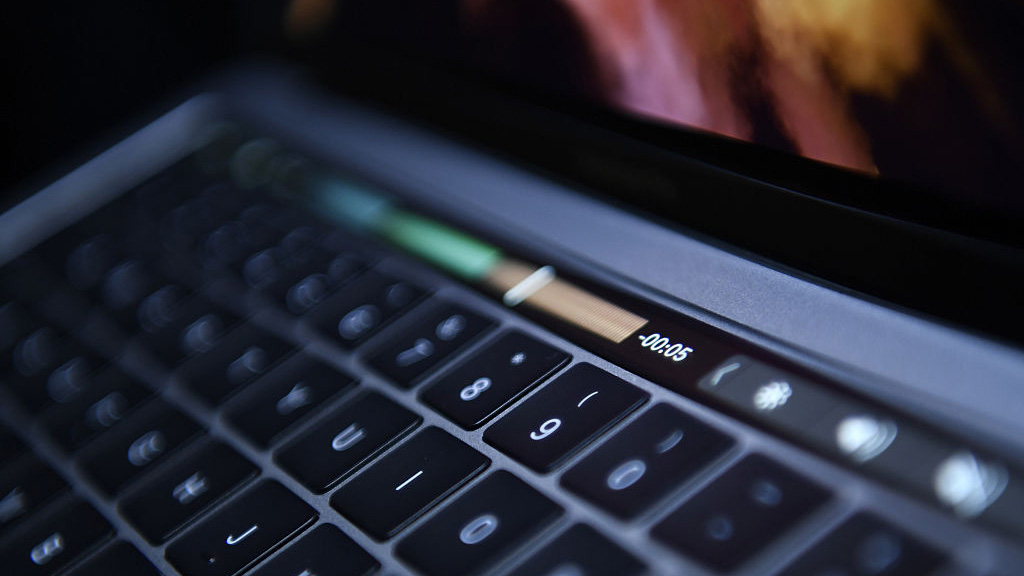
Lighter laptops often forgo the bells and whistles of mobile workstations, such as larger graphics processing units (GPUs). But one of the first things that designers have axed in recent years is larger ports such as USB-A and HDMI, in pursuit of a slimmer device side profile that boosts portability.
For Bobby Hellard, reviews editor at ITPro, this is an unwelcome shift in the market. He's critical of the limited port availability on his current work device (a 13-inch M1 MacBook Pro).
"What I actually want is something more like the 2015 MacBook Pro I had when I first started, with its wider mix of ports (USB type-C and Type-A) and the SDXC card reader which made my job so much easier," he says. "It's been nearly 5-years since I got the M1 MacBook Pro... I think I'm ready for the M4 model (which has an SDXC card reader), if you're reading this, Future IT guys".
For George Fitzmaurice, staff writer at ITPro, unnecessary flair is something of a downside. He says that optional extras such as a touchscreen display can simply add too much to the price of a device, while also making them harder to maintain.
A need for speed
Several members of the ITPro team point to decent performance as a must for work devices, asking for a baseline of reliable performance.
"I want to be able to switch between tasks without having to wait for things to load or give my device a second to buffer," says Fitzmaurice, who frequently has to deliver live coverage at events for the publication. "Luckily my work device, an Apple MacBook Air M2, certainly delivers this and I've never felt limited by a lack of pace on my device."
"As the majority of my work is done on cloud collaboration platforms, I only need a laptop that's powerful enough to run Photoshop and handle as many Chrome tabs as I can throw at it," says Bathgate.
Beyond technical specs, speed can be a subjective measure of how well you're able to complete your normal workflows on a work device. Much of the time, this comes down to how comfortable you are with the laptop's design and its operating system – a point that Kelly makes clear.
RELATED WHITEPAPER
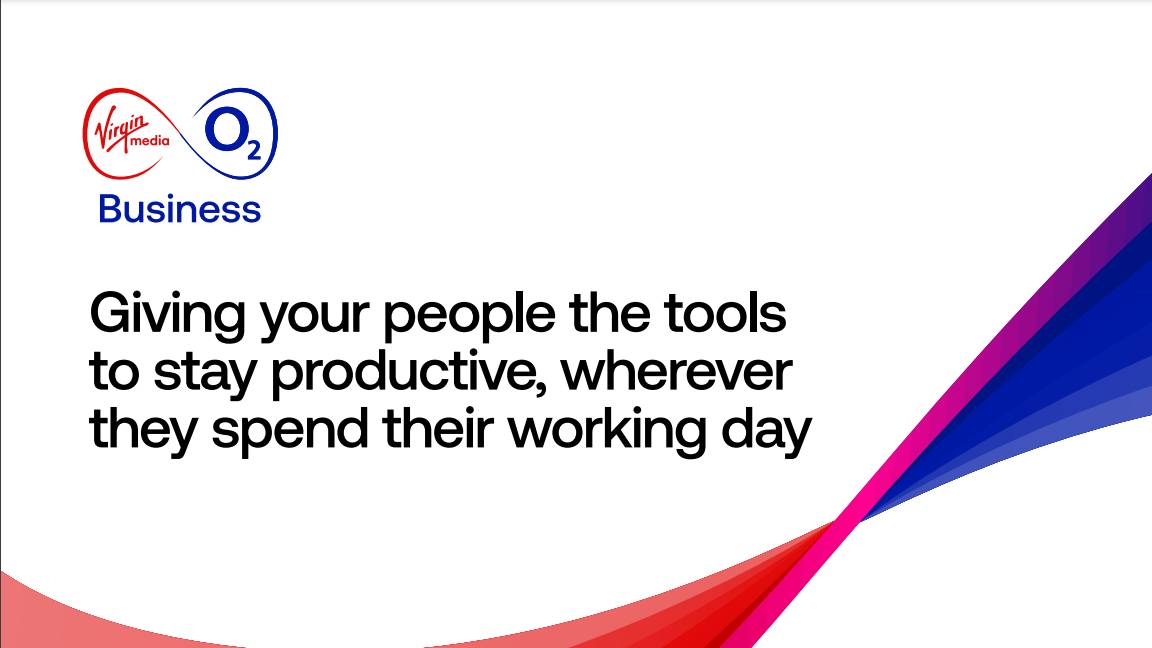
As the only member of the team running Windows 10, Kelly is a standout evangelist for the operating system. He indicates that it's a personal favorite and pairs well with performant laptops, he says it's a "must" for any work device he uses.
"Time's running out on Windows 10 though, sadly," he adds. "I run Windows 11 on my personal computer and it's just cluttered with needless applications (and don't get me started on the incessant pushing for tools like Copilot)."
Kelly refers to how manufacturers have begun to standardize the inclusion of AI models in the operating systems for work devices. For example, the Copilot+ range of Windows laptops combines Microsoft's Copilot AI assistant with an onboard neural processing unit (NPU) to unlock intelligent insights and run AI models more efficiently.
As Kelly's answer hints, among the ITPro team there's still no great demand for generative AI to factor into work devices. McCallion says that AI embedded within a work device is still not a convincing sell:
"It's a feature that I've seen cropping up in recent devices (and we have reviewed several), but the use case isn't there for me yet and I'm not prepared to sacrifice battery life for it!"
ITPro is a global business technology website providing the latest news, analysis, and business insight for IT decision-makers. Whether it's cyber security, cloud computing, IT infrastructure, or business strategy, we aim to equip leaders with the data they need to make informed IT investments.
For regular updates delivered to your inbox and social feeds, be sure to sign up to our daily newsletter and follow on us LinkedIn and Twitter.
-
 Gender diversity improvements could be the key to tackling the UK's AI skills shortage
Gender diversity improvements could be the key to tackling the UK's AI skills shortageNews Encouraging more women to pursue tech careers could plug huge gaps in the AI workforce
-
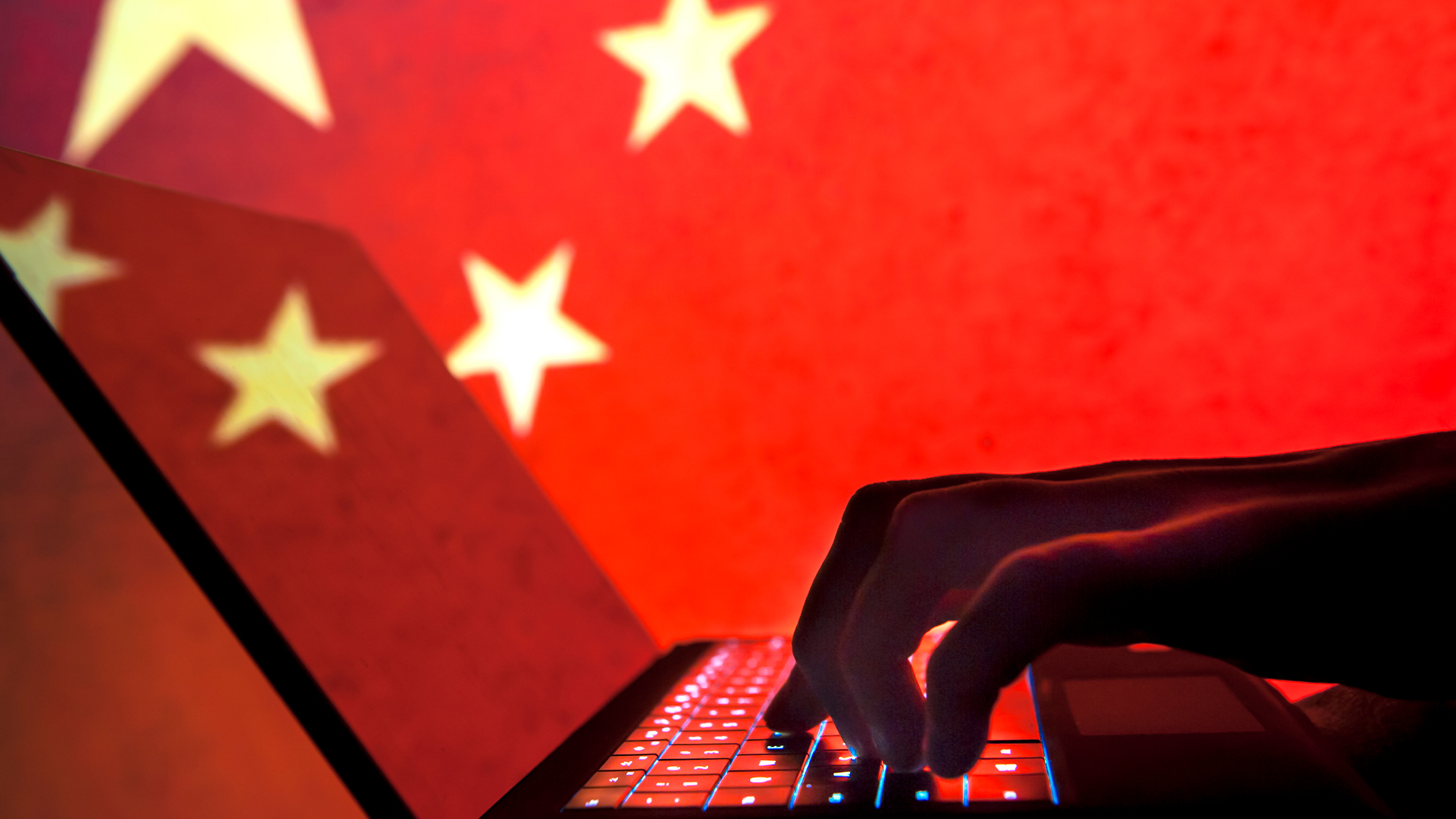 Researchers claim Salt Typhoon masterminds learned their trade at Cisco Network Academy
Researchers claim Salt Typhoon masterminds learned their trade at Cisco Network AcademyNews The Salt Typhoon hacker group has targeted telecoms operators and US National Guard networks in recent years
